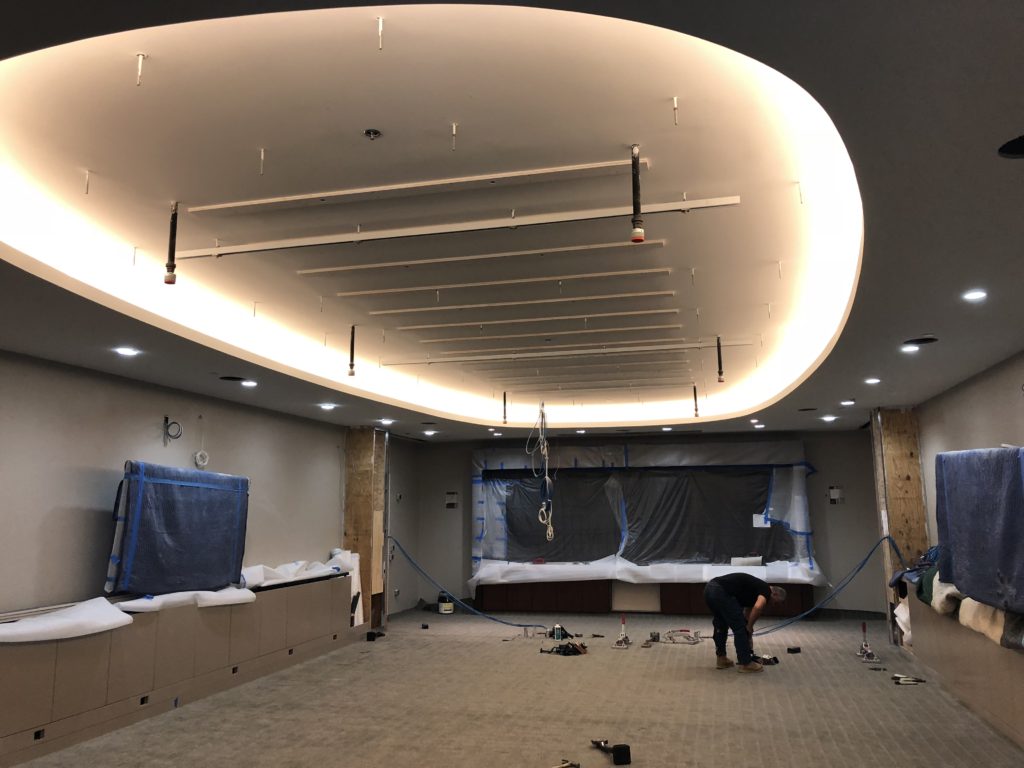A couple of weeks ago the Global Lighting Association (GLA) published Application of CIE 13.3-1995 with Associated CRI-based Color Rendition Properties. It proposes TM-30 like metrics to supplement CRI Ra. Specifically, it proposes a color gamut index, Ga, that is similar to TM-30’s Rg and a set of chroma indices, Ci, similar to TM-30’s Rch,hj. At first glance I can see some specifiers getting excited about this. Since it’s based on CRI it’s already somewhat familiar so it should be easier to learn. But…
The first part is the problem – it’s based on CRI, which has well known and well documented problems and shortcomings. As described in The Lighting Handbook, 10thEd.and IES DG-1 Color and Illumination, they include:
Averaging the Color Shifts. CRI is computed by averaging the color shifts of the eight color samples. A light source can render one sample very poorly and still achieve an acceptable score. The Chroma Indices attempt to resolve this, but there’s a problem with the eight color samples, which is next on our list.
Test Color Samples. The eight color samples are all of moderate saturation, so saturated colors can be rendered poorly even when CRI is high. More importantly, the eight color samples are A) not based on any real-world objects B) don’t adequately cover the visible spectrum. The latter is significant because it means that some wavelengths play an outsized role in determining CRI. Manufacturers can use this to optimize (or cheat) their spectrum to achieve a higher CRI than visual inspection would warrant. This is why TM-30 uses 99 color samples drawn from real world objects.
Color Space. CRI is calculated in the CIE 1964 color space, which is no longer recommended for any other use because it is outdated.
Penalties for all Chromaticity Shifts. As a fidelity metric, CRI penalizes all chromaticity shifts even though research has shown that certain increases in chroma are preferred. Again, it seems that Ci is intended to address this, but it doesn’t resolve the other problems with CRI.
Chromatic Adaptation. The chromatic adaptation transform used in CRI has been shown to perform poorly and is no longer recommended for any application.
CRI served the industry (relatively) well, but its time is over. Layering new calculations on top of CRI’s flawed foundation doesn’t make it better. I know TM-30 can be tough. But it works. It tells us what we want to know at the level of detail we need for a given project, and it’s accurate. The IES has moved on and the CIE seems to be leaning in that direction as well. So should you!


